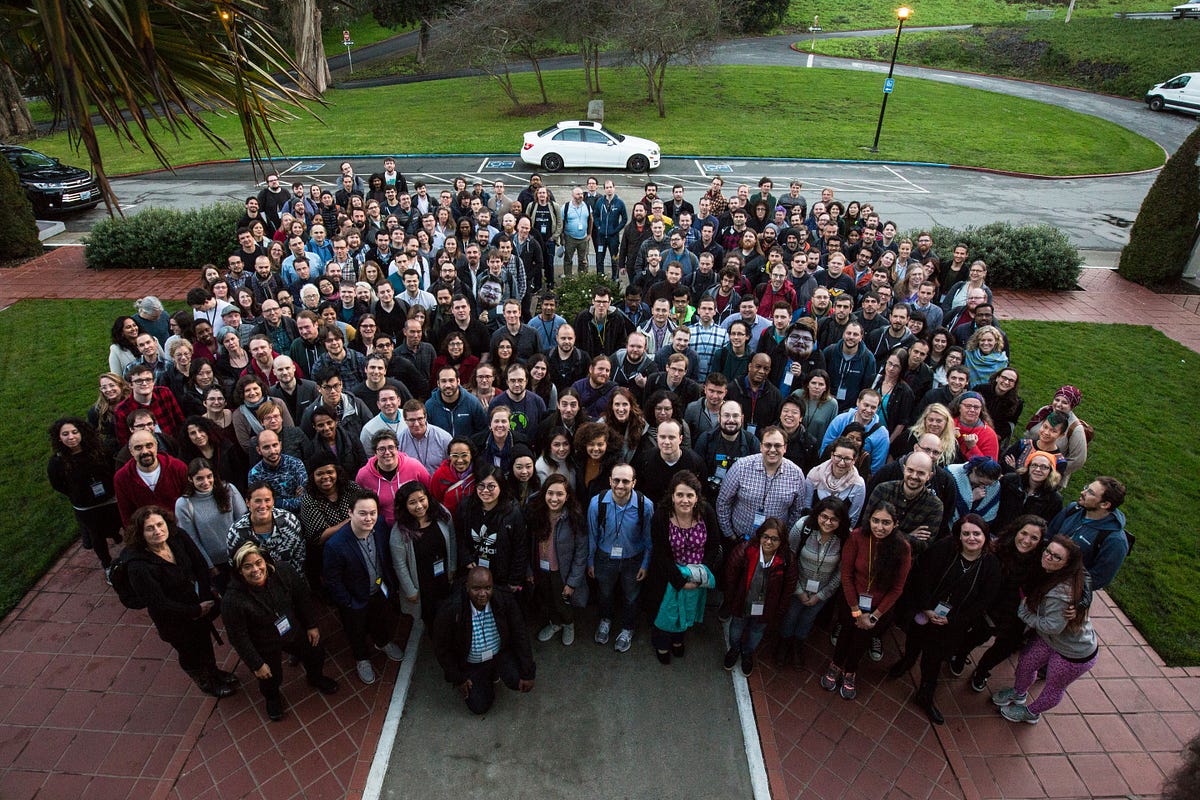A “Surprise” Attack
The drone strike made by Israel against Iran did not amount to much, despite the disparity in technology.
Anna Ahronheim, The Jerusalem Salem
An Israeli Air Force (IAF) service member stands adjacent to a Heron TP drone built by Israeli Aerospace Industry. Although the type that struck the plant in Iran is unknown as of writing, it can be reasonably assumed that it may have been a Heron.
February 6, 2023
On Jan. 28 the Israeli Air Force conducted a drone strike at a military plant in Isfahan, a city in central Iran, according to reports from U.S. media.
The strike on the plant was conducted late Sunday evening local time, and despite the overall superior technology and tactics of the IAF, Iranian officials referred to the operation as “unsuccessful,” according to CNN.
While the attack came as a surprise to many, it did not stir much of a flabbergasted response from individuals who were aware of global relations. One such reaction was from the New York Times, who credited senior intelligence officials who were aware of the conversations between Israel and the United States regarding the event. However, U.S. officials have claimed that Israel has not conducted any operations or airstrikes within Iranian borders.
“We’ve seen press reports, but can confirm that no U.S. military forces have conducted strikes or operations inside Iran. We continue to monitor the situation, but have nothing further to provide,” a spokesperson for the U.S. Department of Defense stated.
The Iranian Defense Ministry has not shared any information with the public regarding the situation.
“An explosion has occurred in one of the military centers affiliated to the Ministry of Defense,” Mohammed Reza Jan-Nesari, the deputy head of security for the governorate of Isfahan, informed Fars News Agency, the semi-official news agency of Iran. He added by stating that the explosion had left some form of damage, reassuring listeners that “there were no casualties.”
The Islamic Republic News Agency, the state news agency of Iran, later explained that the flying culprits of the attack were not of such fearsome size or dimension.
“There was an unsuccessful attack by small drones against a defense ministry industrial complex and fortunately with predictions and air defense arrangements already in place, one of them (struck),” the IRNA stated in a Twitter post, which cited the Iranian Defense Ministry. “The air defense system of the complex was able to destroy two other drones. Fortunately, this unsuccessful attack killed no one and minor damage was sustained to the roof of the complex.”
Damage to Iranian military and nuclear facilities is not new. In July 2020 a fire ripped through the Natanz nuclear complex, a key site for the uranium enrichment program that Iran has undertaken. The complex is located in Isfahan Province, south of the capital of Tehran. Iranian authorities chose not to publicly disclose the findings on the cause of the blaze due to national security concerns.
In addition, attacks against Iranian technologies and infrastructure is another occurrence that many of those that serve the country have to endure, regardless of whether they are in the armed forces or mere civilians.
In October 2019 an oil tanker that belonged to the National Iranian Oil Company was damaged by two missiles, originally thought to have been launched from Saudi Arabian soil. These claims were later dismissed by the Iranian government, but they did not follow up with an alternative cause to the disaster.



















